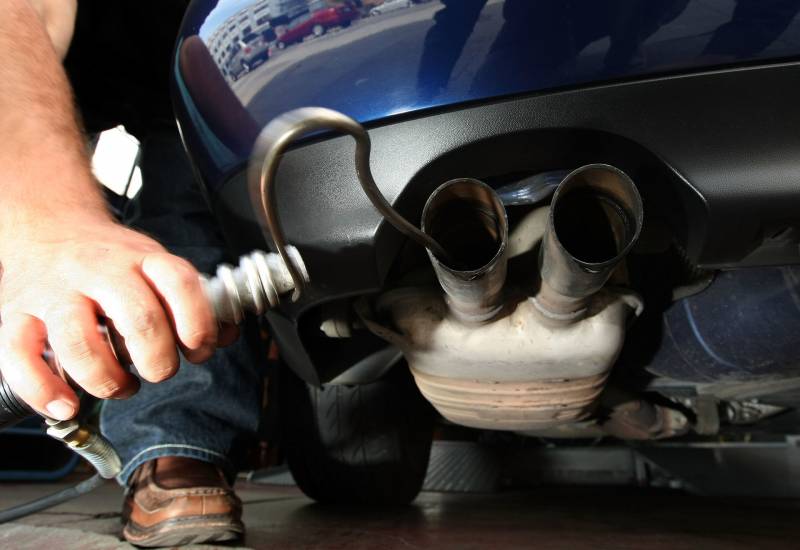Melanie Turner, a spokesperson for the air board, said in an email that the agency stands “behind our staff,” as well as the “methodology and robust public process that seeks stakeholder input on emissions reductions attributed to regulations and incentives.”
“To ensure community health relief, the scope and magnitude of the necessary transition to zero is unprecedented,” she wrote. “Ninety percent of Californians still breathe unhealthy air. We agree that this is unacceptable. The board will be hearing new regulatory items in the near future related to doubling down on zero-emission vehicles, trucks, and equipment.”
Turner added that the agency “will strive further [to] strengthen our world-leading programs as we respond to the auditor’s recommendations.”
Assemblyman Jim Cooper, D-Elk Grove, criticized the agency in a statement, saying the findings “are unfortunately not surprising.”
Cooper blamed the leadership of Mary Nichols, who retired as the board’s chair in December, for the deficiencies flagged by the audit. Cooper wrote that the agency “continuously ignored the calls of Legislators and California taxpayers to look closely at how their incentive programs disproportionately left California’s struggling middle-class footing the bill for wealthy communities so that they could purchase electric vehicles.”
President Joe Biden reportedly considered Nichols to lead the federal Environmental Protection Agency, but she faded from contention after a complaint from environmental justice groups about her support for California’s cap-and-trade program.
The auditor’s report examined cap and trade, a market-based climate initiative that aims to limit greenhouse gases by putting a ceiling on industry emissions and allowing businesses to buy and sell credits to produce them at an auction. While the landmark program generates a lot of money, the revenue is “finite and can be unpredictable,” the audit found.
Demand for fossil fuels plummeted across the state last spring when California issued a shelter-in-place order to prevent the spread of COVID-19. As a result, the May cap-and-trade auction generated very little money, and the state was forced to reduce key environmental programs.
CARB is required to use cap-and-trade money to invest in communities and create jobs, but the audit found the agency “has done relatively little to measure specific socioeconomic benefits.”
The agency “has been slow to measure the jobs its programs create or support and the benefits of job training its programs require,” Howle wrote.
California’s plan to meet its 2030 goal of reducing greenhouse gas emissions to 40% below 1990 levels relies on cap and trade, but the program has come under increasing criticism for depending too much on complicated market-based mechanisms and not enough on regulations, as well as for allowing companies to “pay to pollute” in low-income communities of color.
Jared Blumenfeld, the head of Cal EPA, which oversees the air board, acknowledged the criticisms in an interview with KQED this month, saying, CARB will examine its regulations and the impact of cap-and-trade program on communities that have experienced environmental degradation.
Of the state’s goal of attaining carbon neutrality by 2045, Blumenfeld said “cap and trade will play a role, but we all anticipate it will play a slightly smaller role than originally thought.”
The evaluation by Gov. Gavin Newsom’s administration of the role of California’s cap-and-trade program began last year and must be completed by the end of 2022.

